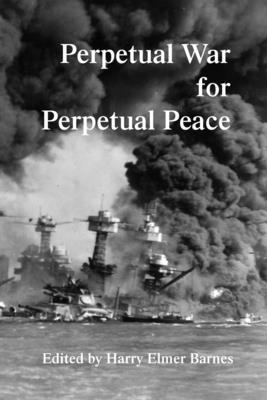This deep-delving overview of the events, published only twelve years afterwards, was edited by the Bibliographical Editor of the Council on Foreign Relations journal "Foreign Affairs," Harry Elmer Barnes, and contains his famous "Blasting the Historical Blackout" introduction and a summarizing conclusion.
In between this introduction and conclusion are presented eight complete works by renown historians Dr Charles Callan Tansill, Dr Frederic R Sanborn, Dr. William L. Neumann, George Morgenstern, Percy L. Greaves, Jr., William Henry Chamberlin, and Dr. George A. Lundberg, all addressing vital aspects of the story which led up to the attack on Pearl Harbor.
Topics addressed in these essays include the road to war in Europe through the revocation of US president Woodrow Wilson's "14 points"; how Japanese-American relations were deliberately bedevilled to bring America into the war on the side of the Allies; the oil and other boycotts of Japan which left that nation with no alternative but to go to war; all the attempts by Japan to avoid the war; the cracking of the Japanese codes which meant that the US Government was well aware that an attack was imminent; a review of all the secret reports and intelligence data which showed who exactly knew what before the attack; the deceptions put out by D.C. politicians about the war; and how the attack on Pearl Harbor marked the beginning of America's self-assumed role as "world policeman."
This classic work remains as powerful as when it was first written and provides a dramatic insight into the tragic and world-shaping events of 1941.
